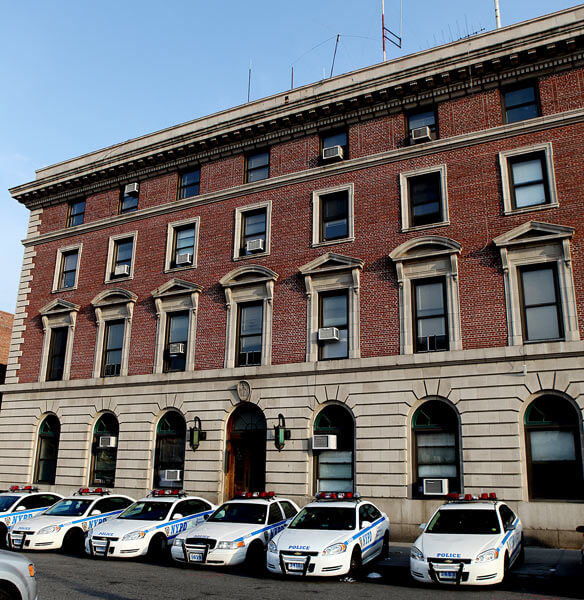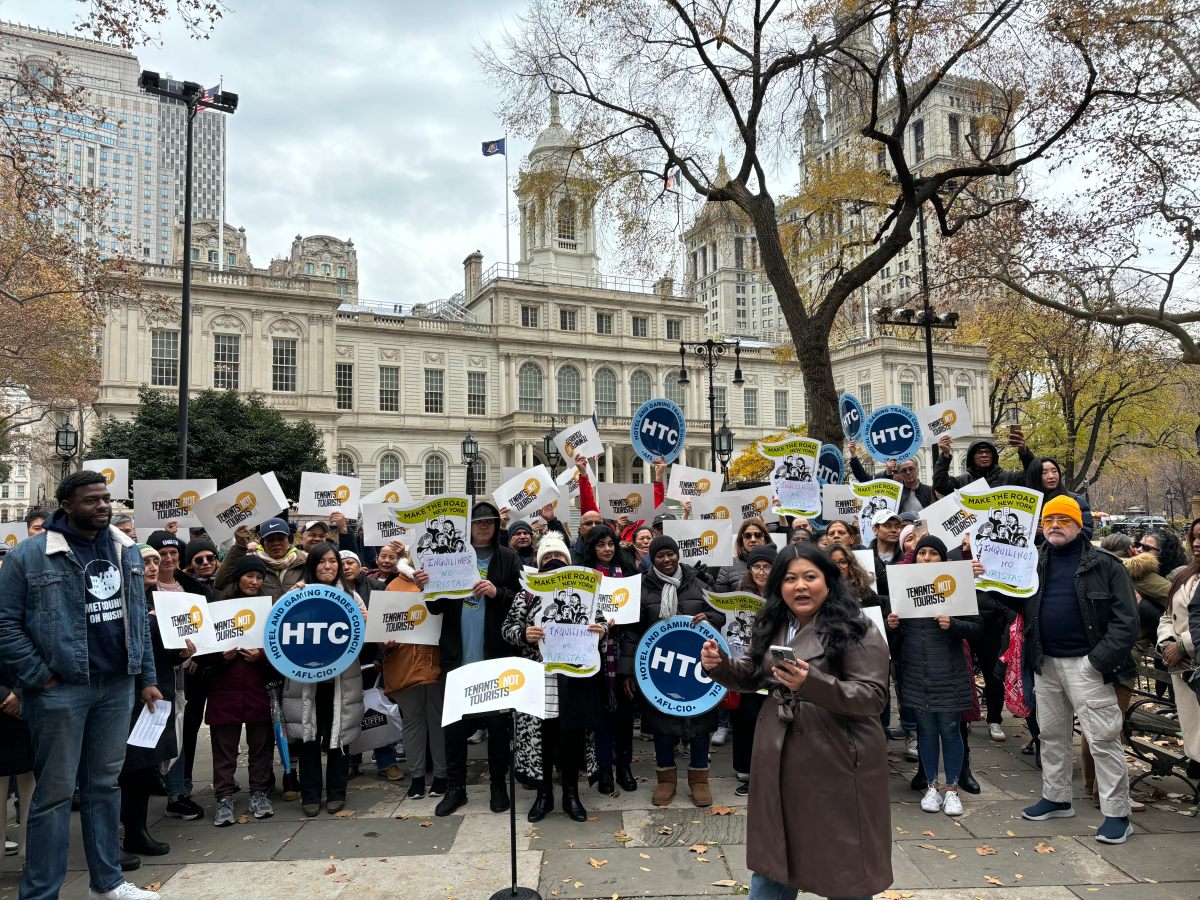By Rich Bockmann
A new analysis of NYPD data by the New York Civil Liberties Union revealed Queens outpaced the city’s drop in police stops last year, and in some of the borough’s busiest areas the police appear to be stopping people more selectively than in the past.
The NYCLU incited the backlash against NYPD practices a year ago when it released a report showing stop-and-frisks had increased dramatically during the first10 years of the Bloomberg administration.
Among the group’s major criticisms were the low numbers of firearms recovered, the fact that young black and Hispanic males were stopped in disproportionately high numbers compared to their share of the population citywide and the low numbers of people who were either arrested or issued a summons after being stopped.
Mayor Michael Bloomberg and Police Commissioner Ray Kelly have defended the practice, saying blacks and Hispanics are actually under-stopped compared to the racial descriptions of crime suspects.
According to the NYCLU’s analysis of 2012 data released Wednesday, the number of stops in Queens fell 27 percent last year to just shy of 111,000, outpacing the citywide decrease of 22 percent.
The largest drop came in the 115th Precinct covering Jackson Heights and East Elmhurst, which ranked No. 3 across the city in 2011 with more than 18,000 stops. That number dropped 55.5 percent to just more than 8,000 last year.
The 110th Precinct, covering Corona and Elmhurst and bordering the 114th on the south side of Roosevelt Avenue, recorded the second smallest decline in the borough last year, dropping shy of 16 percent to just more than 9,000.
The two precincts share a common area known as an Impact Zone, a high-crime area the NYPD floods with new recruits to patrol the streets, and along Roosevelt issues such as prostitution, drug dealing and automobile break-ins call out for more policing.
In 2011, the precincts rounded out the bottom of the the city’s top five with the highest percentage of frisks, with more than 70 percent of stops in each escalating to the point of a frisk.
Both precincts ranked in the top five again in 2012, with the 110th the highest precinct in the city with more than 81 percent of stops resulting in a frisk.
City Councilman Daniel Dromm (D-Jackson Heights) said he saw that last statistic as an encouraging sign that police were stopping people on more valid grounds.
“I think that means there’s much more reasonable suspicion if it then leads to a frisk,” he said. “The words we really use is ‘being more selective.’ There has to be a real, reasonable suspicion [to stop someone] and that’s always been the real requirement.”
Indeed, both precincts saw a decline in the number of innocent people stopped.
Downtown Jamaica’s 103rd Precinct, which ranked eighth across the city in 2011, dropped 24 percent last year to just under 13,000 stops, but it moved two spots up to rank No. 6 in the city.
The 106th (South Ozone Park), 108th (Long Island City), 113th (South Jamaica), 104th (Ridgewood), 102nd (Richmond Hill) and 109th (Flushing) precincts also saw drops above the citywide average.
The 101st (Far Rockaway), 105th (Queens Village), 112th (Forest Hills), 114th (Astoria), 100th (Rockaway Park), 111th (Bayside) and 107th (Fresh Meadows) precincts experienced declines below the city’s average.
Reach reporter Rich Bockmann by e-mail at rbockmann@cnglocal.com or by phone at 718-260-4574.




































